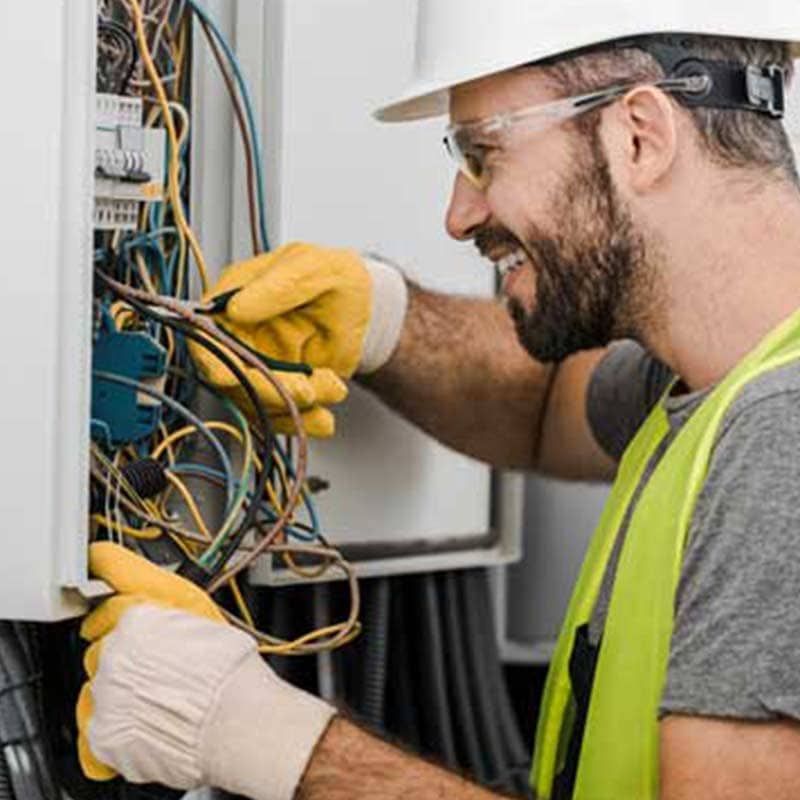Delays in construction don’t always come from rain or supply issues, sometimes, it’s the paperwork that brings your site to a standstill.
In this article, we unpack the most common slip-ups in Electrical SWMS that can slow down your project timeline, trigger rework or attract compliance issues. More importantly, we’ll share how builders, trades and site managers can avoid them with better planning and fit-for-purpose documentation.
What Is an Electrical SWMS and Why Does It Matter?
A Safe Work Method Statement is a critical document required for any high-risk construction task, particularly electrical work. It outlines the potential hazards involved and explains how those risks will be managed before, during and after the job.
In the construction industry, especially in Australia, SWMS documents are not a “nice to have” they’re a legal requirement under WHS laws. Whether you’re a solo tradie or working as part of a multi-contractor site team, an incomplete or inaccurate SWMS can grind progress to a halt.
Mistake #1: Using a One-Size-Fits-All Document
Too often, teams rely on a recycled or generic template that hasn’t been reviewed properly. A cut-and-paste SWMS might list unrelated tasks, like working at heights or concrete pouring, when you’re doing switchboard upgrades or cable terminations.
This causes confusion, fails to satisfy site supervisors and slows down approvals. Worse, if it’s audited, you could be hit with a non-compliance notice. Always ensure the SWMS reflects the actual task being performed on site.
Mistake #2: Failing to Identify High-Risk Tasks Clearly
Electrical work often involves working on or near live systems, this is high-risk under WHS regulations. If your documentation doesn’t list this clearly, you’re missing a legal obligation.
This isn’t just a technicality. Projects have been paused or rejected on-site simply because key risks weren’t highlighted in the paperwork. Make sure those high-risk activities are front and centre, and the risk control measures are clearly documented.
Mistake #3: Vague or Outdated Risk Controls
Another common issue is relying on vague statements like “use PPE” or listing procedures that don’t reflect current safety standards.
For instance, if your SWMS mentions using lock-out devices but doesn’t specify the procedure, or uses outdated terms, you may be told to revise and resubmit it. This back-and-forth can delay inspections and push back start dates.
Mistake #4: No Record of Team Briefings or Sign-Offs
Even if your SWMS is well written, it means very little if the people doing the work haven’t read or signed it.
Regulators want to see that workers have been briefed and signed off on the document. Without this, your project could be flagged as non-compliant, even if the work itself is being done safely.
Set up a process where all workers are briefed on the SWMS each time scope changes or a new job phase begins. Keep sign-in sheets or digital records to prove it.
Mistake #5: Not Updating SWMS When Conditions Change
Construction sites are fluid environments. Tasks evolve, weather shifts, new trades arrive and your documents should keep up.
Let’s say you’re working on a school upgrade and bring in an elevated platform to install overhead lighting. If that new equipment isn’t listed in the SWMS, and it causes an incident, you may be liable for failing to update documentation.
Keeping your paperwork current is a must. Make it part of your process to review and adjust as you go – don’t leave it to the end.
Bonus Mistake: Using the Wrong Template for the Job
All projects are not created equal. A single-storey domestic job is very different from a commercial multi-level fitout. Yet some builders still use the same SWMS template across every job site.
This is where a proper construction management plan template comes in. It helps tie your documentation to the scale and complexity of the job. That way, your risk assessment, responsibilities and safety procedures all align with what’s actually happening on the ground.
How to Fix These Issues and Stay Ahead of Delays
Here’s a quick list to keep your SWMS on track and site-ready:
- Use trade-specific documents: Don’t rely on generic SWMS templates. Use ones that are designed for electrical work and match Australian compliance standards.
- Tailor to the site: Each job is different. Adjust your tasks, risks and controls to reflect the current project and its location.
- Review with your team: Involve workers in reviewing the SWMS. It makes them more aware and strengthens safety culture.
- Keep it updated: Every time something changes; new tools, new methods, new hazards – review the SWMS. Keep version control if needed.
- Record briefings: Always have written or digital proof that workers have been briefed and understand the SWMS.
- Use a comprehensive construction management plan: This ensures SWMS aren’t treated in isolation but form part of a bigger safety and project strategy.
Final Thoughts: It’s About More Than Paperwork
Most builders and tradies don’t love paperwork. But when a poorly prepared SWMS delays your project, costs you money or risks safety, it’s not just admin – it’s a business risk.
Getting your electrical safety documentation right the first time saves more than just time. It keeps your crew safe, builds trust with site supervisors and ensures you’re on the front foot when it comes to WHS compliance. So before your next job kicks off, check your process. A bit of prep now can save a world of drama later.





Be First to Comment